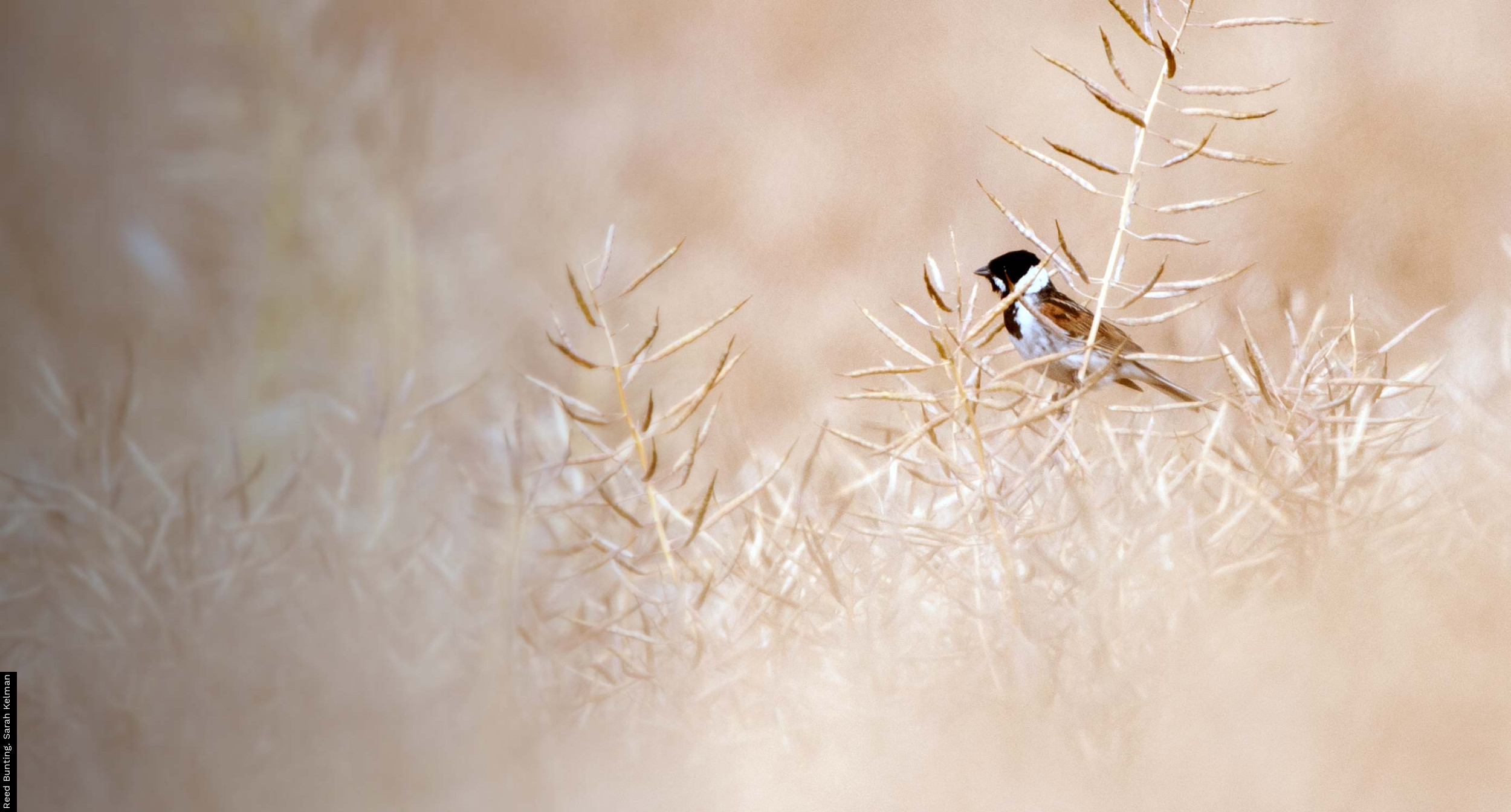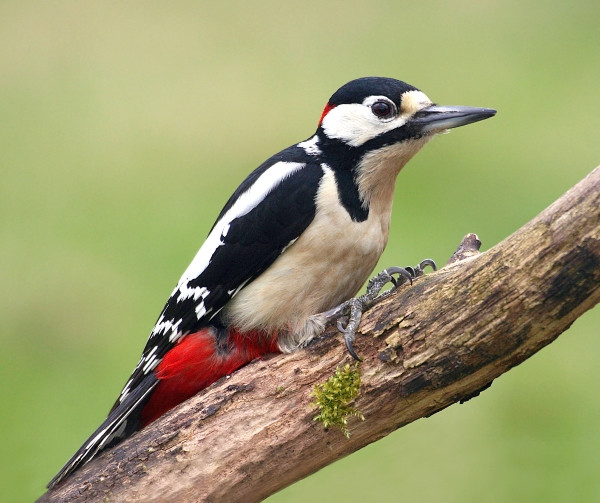Although much of this report focuses on declines and their conservation significance, there are many species that are increasing in number as breeding birds in the UK.
In the current report, there are 20 species for which our most representative long-term trends show a statistically significant doubling in population size over periods of 23–50 years.
These are Mute Swan, Greylag Goose, Canada Goose, Shelduck, Mallard, Goosander, Buzzard, Coot, Stock Dove, Woodpigeon, Collared Dove, Green Woodpecker, Great Spotted Woodpecker, Jackdaw, Carrion Crow, Chiffchaff, Blackcap, Nuthatch, Wren and Goldfinch (in taxonomic order). Magpie, Long-tailed Tit and Reed Warbler have been removed from this list in the current report, as the population increase has dropped just below the threshold for inclusion following decreases between 2017 and 2018.
The steepest long-term increases we have measured have been for Buzzard, Greylag Goose, Great Spotted Woodpecker and Shelduck, which have all increased by 300% or more since 1967; note however that the increase for Shelduck covers up to 1999 only as more recent trends are unavailable, so it is not known whether the increases have been sustained subsequently.
The 20 species that have doubled over the long term are set against the 28 that have halved in number over similar periods (see Declining species).
Seven further species, monitored only over a shorter period, have also more than doubled (see Increasing species). These are Mandarin Duck, Gadwall, Little Egret, Red Kite, Barn Owl and Ring-necked Parakeet (all monitored by BBS over 22-years) and Cetti's Warbler (monitored by CES over the period 1990–2017). Three additional species have more than halved over this shorter period (see Declining species).
For fifteen species that are listed in this report for a population decline over the long term – Shelduck, Curlew, Snipe, Skylark, Whitethroat, Song Thrush, Dipper, House Sparrow, Dunnock, Yellow Wagtail, Meadow Pipit, Lesser Redpoll, Corn Bunting, Yellowhammer and Reed Bunting – the decline has apparently started to level off, or has ceased, during the most recent ten-year period (although note that in the case of Shelduck the most recent ten-year period is from 1989-1999 as more recent trends are not available). While indications are positive, wide confidence intervals for some of these species allows for the possibility that their severe decline is, in fact, continuing (see Ten-year trends and evidence of species recovery).
Three further formerly declining species – Linnet, Tree Sparrow and Bullfinch – have reversed their population trend to show statistically significant increases over the last ten years. For all these species, however, overall population levels remain severely depleted, despite the recent increases.
Whilst many of the declining species are farmland and woodland specialists, several of the increasing species are associated with wetland habitats. Many of the others which were historically associated with woodland are generalists and have been able to successfully move into suburban habitats: these species have almost certainly benefited from the widespread provision of supplementary food in gardens. Some increases can also be attributed to species-specific reasons, for example reduced persecution (Buzzard) or successful reintroduction (Red Kite). Four of the increasing species are non-native and hence could raise concerns as they may impact on native breeding species.
This report should be cited as: Woodward, I.D., Massimino, D., Hammond, M.J., Harris, S.J., Leech, D.I., Noble, D.G., Walker, R.H., Barimore, C., Dadam, D., Eglington, S.M., Marchant, J.H., Sullivan, M.J.P., Baillie, S.R. & Robinson, R.A. (2019) BirdTrends 2019: trends in numbers, breeding success and survival for UK breeding birds. BTO Research Report 722. BTO, Thetford. www.bto.org/birdtrends






Share this page